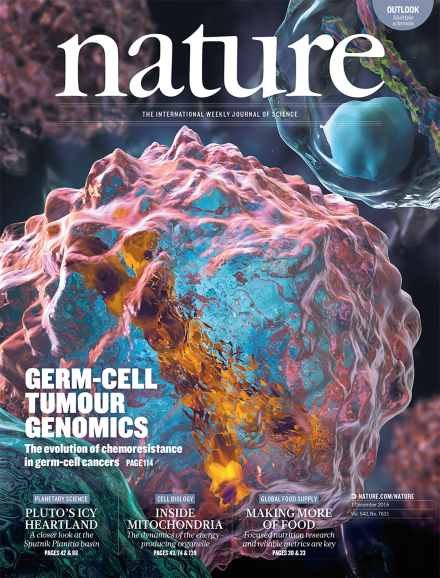Volume 540 Issue 7631, 1 December 2016
Editorial
World View
Research Highlights
Seven Days
News
News Feature
Comment
Books & Arts
Correspondence
Obituary
News & Views
Review Article
Article
Letter
Erratum
Corrigendum
Toolbox
-
Stat-checking software stirs up psychology
Collection:
Technology Feature
Feature
Career Brief
Futures
Brief Communications Arising
Outlook
-
Multiple sclerosis
Nature Outlook:
-
Biology: A degenerative affliction
Nature Outlook:
-
Aetiology: Neighbourhood watch
Nature Outlook:
-
Therapies: Progressive steps
Nature Outlook:
-
Perspective: Who dares, wins
Nature Outlook:
-
Stem cells: Stemming the tide
Nature Outlook:
-
Diet: Changing the recipe
Nature Outlook:

